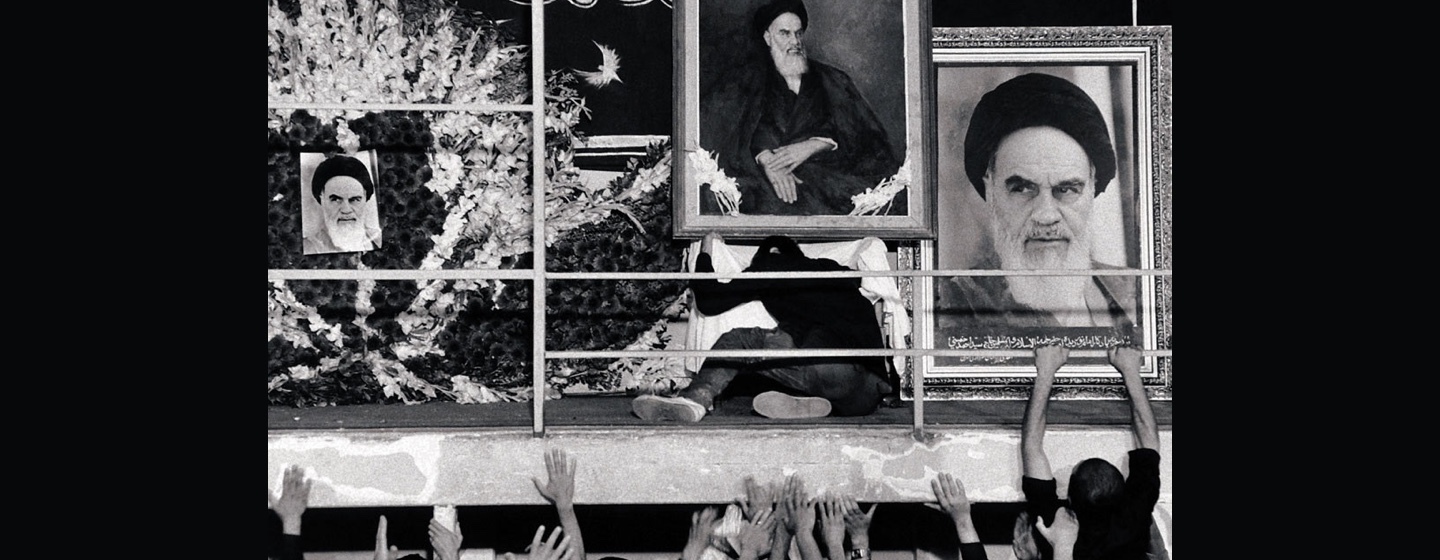
Ayatollah Khomeini was a political leader and devout Shia Muslim that led the Iranian Revolution and established the Islamic Republic of Iran. Read on to learn more about the life and death of this profound, radical Islamic leader.
Early Life
Khomeini was born on September 24, 1902, in Khomeyn, Iran, to a family of devout Shia Muslims. Both his father and his grandfather were mullahs — religious, Islamic leaders. When he was just five months old, his father was murdered, causing him to be raised by his mother and his aunt until they passed away from cholera in 1918.
In the 1920s, Khomeini enrolled in an Islamic seminary in Qom, Iran — a city known for its culture and support of the Shia faith. He then became a scholar and teacher, where he grew in popularity for his profound writings of Islamic philosophy and his strong opposition to Mohammad Reza Shah Pahlavi, Iran’s ruler at the time.
White Revolution
In 1963, the shah, Mohammad Reza Pahlavi, made many changes to Iran during what was called the White Revolution. These reformations included: providing Iranian women with more freedoms, land reforms, and decreasing the amount of Islamic education. All of this looked to Khomeini as an increase of westernization, which he thoroughly opposed. He was so against these reformations that he began encouraging riots, which caused him to be imprisoned in 1963 and exiled from Iran in 1964.
Iranian Revolution
After his exile, he moved to Al-Najaf, Iraq, where he developed his unique, new ideas of Islam, government, and how the two could be blended together. He was later ostracized from Iraq by Saddam Hussein and moved to France. Khomeini then began sending his teachings on cassette tape recordings to Iran — influencing Iranians from a distance. His followers would listen and share his recorded messages and eventually took action by overthrowing the shah on January 16, 1979. Less than a month later, Khomeini returned to Iran and became the religious leader of the Iranian revolution.
Ruling Iran
He introduced a new government in Iran, making Iran a theocratically governed Islamic state. The nation was quickly transformed under Khomeini’s rule and experienced significant changes, including the banning of western culture, the withdrawal of Iranian women’s’ freedom, and the reinstatement of cruel punishments.
Final Years
The Iranian economy quickly declined during the rule of Khomeini. However, he was so well-liked that he continued as leader of Iran until he died June 3, 1989, after enduring five heart attacks over 10 days.





